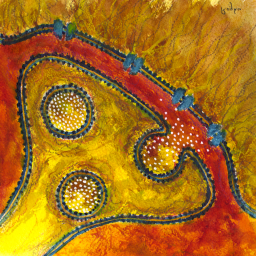A Few Flavors of Microscopes — SAIL recap, 2023
What makes one microscope better than another? A few weeks ago I co-ran a week-long Physics and Human Physiology day camp for high school students, part of the University of Oregon’s “SAIL” program that especially targets low-income students. I’ve written about SAIL before (2019, 2017, 2014) — this was our 14th Physics + Human Physiology … Continue reading A Few Flavors of Microscopes — SAIL recap, 2023










